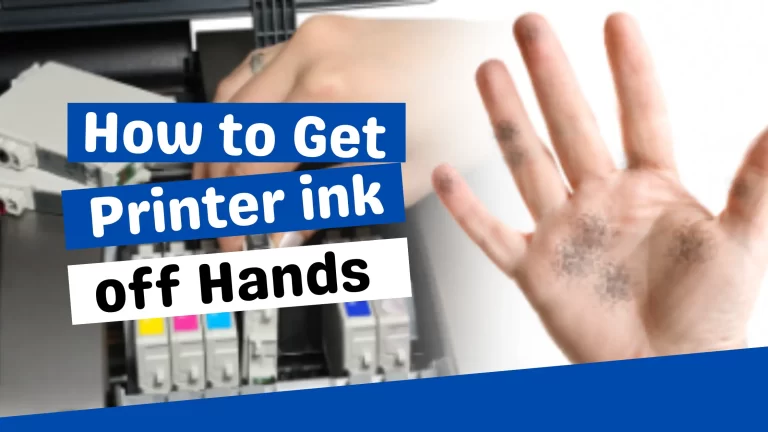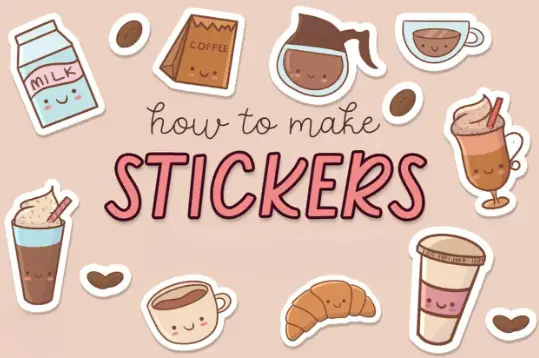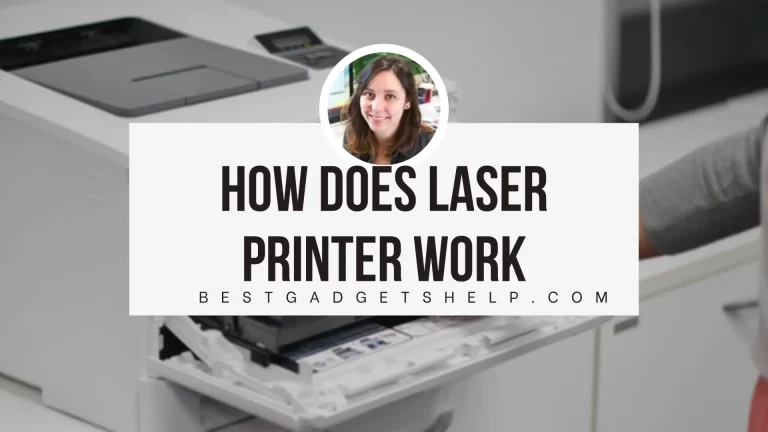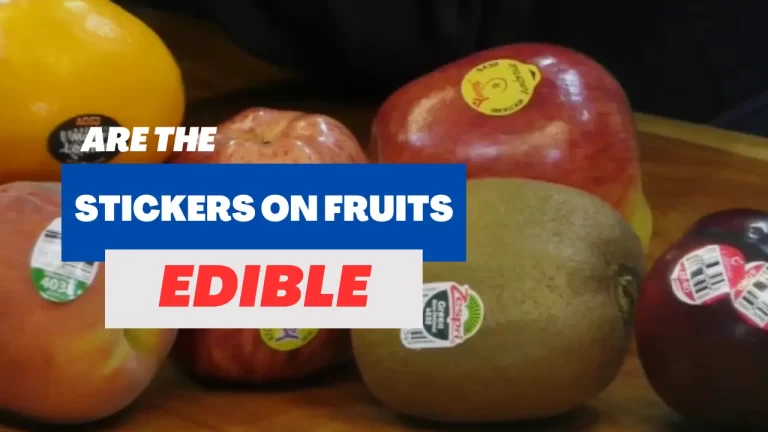How Does an Inkjet Printer Work? (Components and Operation)
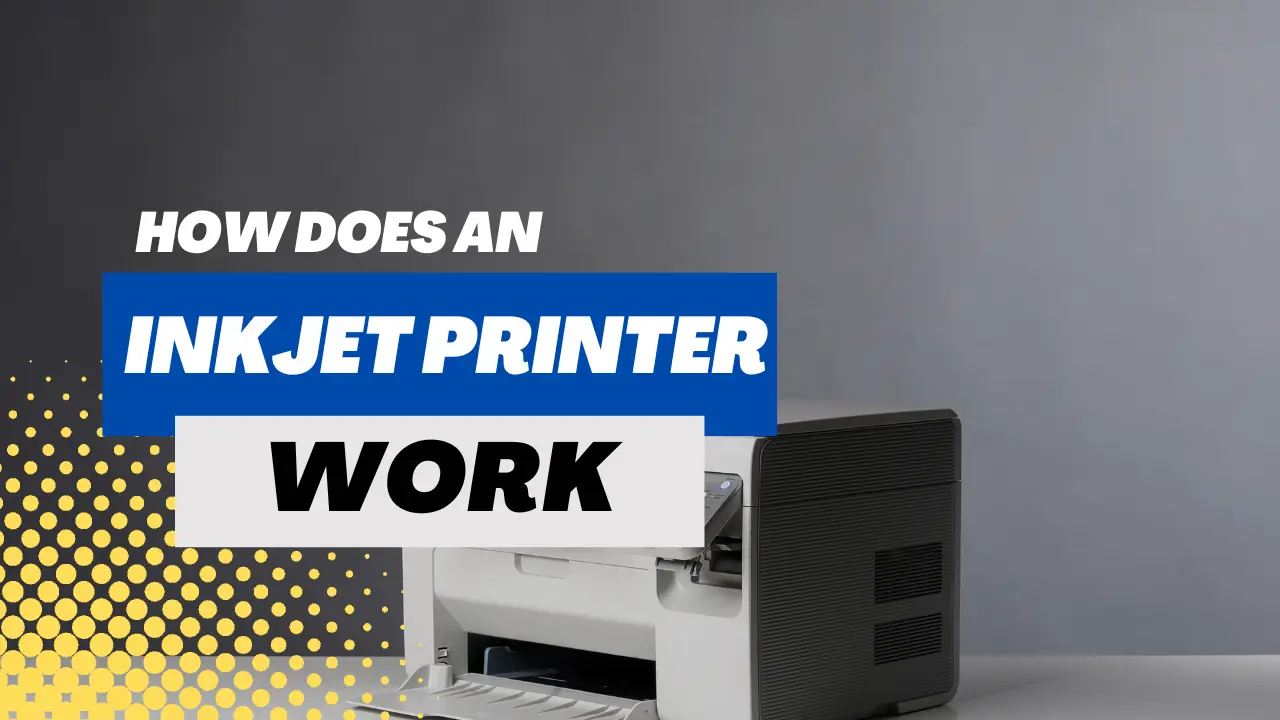
Inkjet printers are perfect for printing high-quality photos. Over the last few years, inkjet printers have considerably improved in quality and performance. Also, the economical prices and running costs make them popular among home users and art and photo business owners. They have a high print resolution, and most also serve to scan, faxing, and copying purposes. Continue reading if you want to know how does an inkjet printer work. I will explain how different parts of the machine work together to deliver a print and what technology it utilizes.
What is an Inkjet Printer?
An inkjet printer consists of thousands of microscopic nozzles that spray tiny ink droplets onto the paper to create images and text. It uses ink cartridges and blends colors together to deliver high-quality prints, especially photo prints. Some inkjet printers utilize heat, while others use an electric current to print. Inkjet printers can spray up to 5,000 dots per inch, guaranteeing exceptional print quality.
Inkjet Printer Components
Let’s look inside an inkjet printer to understand how you get those perfect prints worth hanging in an art gallery.
Print Head
It is a primary component of an inkjet printer. It encompasses a series of nozzles that spray the ink.
Ink Cartridges
Ink cartridges for inkjet printers differ depending on the model. Few printers have separate black and color ink cartridges, while others have a single cartridge.
Stepper Motor
Moves the print head and ink cartridges forward and backward on the print paper. A stepper motor is unique for every printer.
Plastic Gears
The electric stepper motor operates plastic gears. It uses them to turn rollers to precisely move the paper through the printer.
Belt
The belt connects the print head and stepper motor.
Stabilizer Bar
The stabilizer bar maintains the balance of different printer components and controls movements.
Paper Tray
You can load the paper through the paper feeder or tray.
Rollers
Rollers take the printer from the printer feed and advance it through the printer.
Stepper Motor for Paper Feed
It regulates roller movement and ensures smooth, constant printing.
Power Supply
An inkjet printer comes with a power supply option.
Control Circuit
Maintains the balance of the stepper motor and keeps the roller function seamless.
Inkjet Print Technologies
The printing process involves a number of print technologies. We will explain which different print technologies inkjet printers utilize to produce top-notch prints. Inkjet printers rely on the thermal bubble or Piezo electric print technology. The difference is in the way the printer forms tiny droplets of ink.
Thermal Bubble
Canon and HP printers use bubble jet printing technology. The printers have small heat resistors that generate heat to boil the inks. The boiled ink then vaporizes and turns into bubbles. Thousands of nozzles come into play to create a single character on the print. There is an electric circuit that selects the microscopic nozzles. A nozzle pushes the bubble out onto the paper as it expands. The bubble explodes onto the paper forming a precise dot. It creates a vacuum when it collapses, allowing the print head to extract more ink from the cartridge to print the next dots.
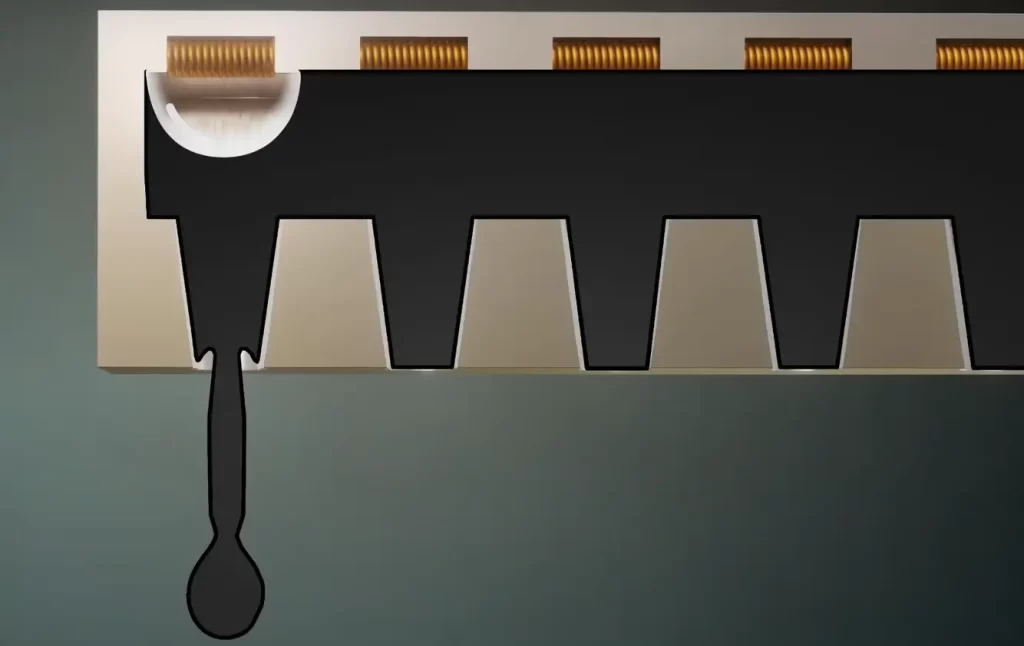
Piezo Electric
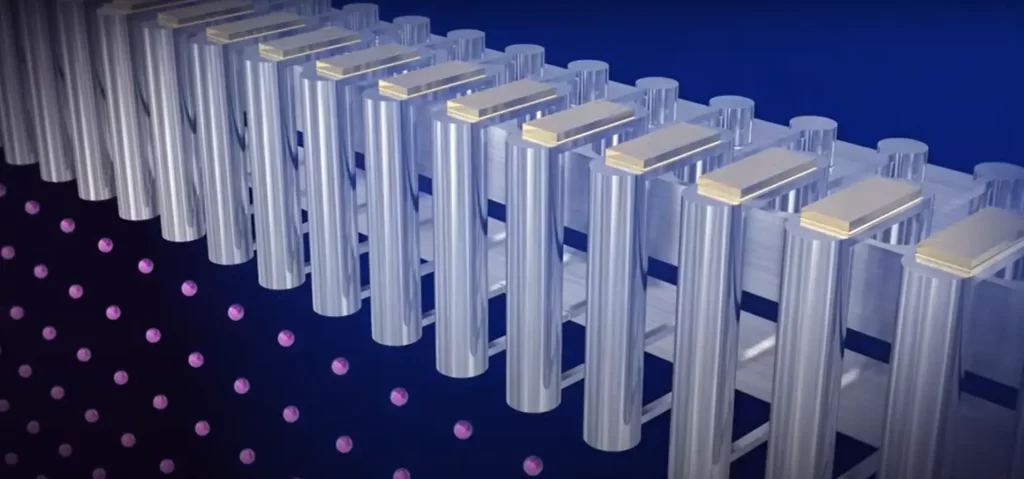
The Epson printers have a patent for advanced piezoelectric print technology. It uses piezo crystals located behind the ink reservoirs for each nozzle. A piezoelectric circuit creates an electric charge and supplies it to the crystals causing them to vibrate. As the crystal vibrates inward, it pushes the right amount of ink out of the nozzle onto the paper at the precise spot. It then vibrates outward to fetch more ink into the reservoir, replacing the amount sprayed out of the nozzle.
How Does An Inkjet Printer Work-Inkjet Printer Operation
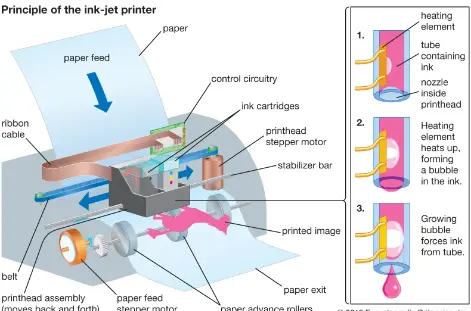
Inkjet printers are fast and deliver printouts swiftly. But a lot goes on inside the printer when you hit the Print button. Let us explain how your inkjet printer produces the prints.
- Your computer sends the document or image you need to print to the printer driver. The driver then converts the content into a format that your printer understands.
- The printer has a buffer that stores the data it receives from the computer to print. It expedites the print process and can hold different complex and plain documents.
- The printer checks whether or not the print heads are clean. If not, it cleans them to ensure smooth printing.
- The control circuit starts the paper feed stepper motor allowing the rollers to pull the paper sheet from the tray into the printer. A small sensor or trigger in the feeder is depressed when paper is in the tray. If the sensor does not depress, the printer will light up a red light and send an alert to your computer. It usually happens when you feed the paper incorrectly.
- Once you correctly insert the paper into the printer, the stepper motor causes the belt to move the print head assembly back and forth across the page.
- The print head sprays tiny ink droplets onto the page at precise spots. The CMYK colors blend impeccably to print any image or text you require with accurate detail. Print time varies depending on the type of document you print.
- Two heated rollers pull through the paper when it comes out of the printer. It dries the ink swiftly so that there are no ink smears or smudges when you pull the sheet out of the machine. The paper might still be damp so remember to be careful while fetching it.
And there, you have your printout ready!
Inks and Paper
For best results, it is vital to use high-quality print paper that inkjet printers support. You can use standard print paper, but the images won’t be as bright and crisp as they would be with a specific inkjet photo paper. The ink may bleed, or the print would smudge.
Inkjet printers are compatible with a variety of print media. With an inkjet printer, you can print a number of objects like stickers, brochures, product labels, business cards, and more. It also allows you to perform iron-on transfers and print images on t-shirts and other fabrics for customization.
Inkjet printers use ink cartridges that can be expensive in the long run. But several models with ink-saving options and refillable ink tanks are available that reduce running costs significantly.
Conclusion
Inkjet printers offer excellent print performance, durability, and speed at an affordable price. The advanced inkjet print technologies ensure you get the best quality prints, especially photos. Moreover, they have a small footprint and render noise-free operation. Now that you understand how an inkjet printer works, you can be sure of getting the high-quality output and efficiency that you need. Remember to avoid low-quality inks and keep the printer up and running to avoid print head clogs and maximize their lives!

I am Zamal Fatima, a skilled and experienced writer having a passion for technology, gadgets, printers, crafting, and DIY. As a technology expert, I have a deep understanding of the latest advancements in gadgets and devices and am able to produce insightful and informative articles that provide valuable insights into the world of technology. Always striving to improve my skills and knowledge.

